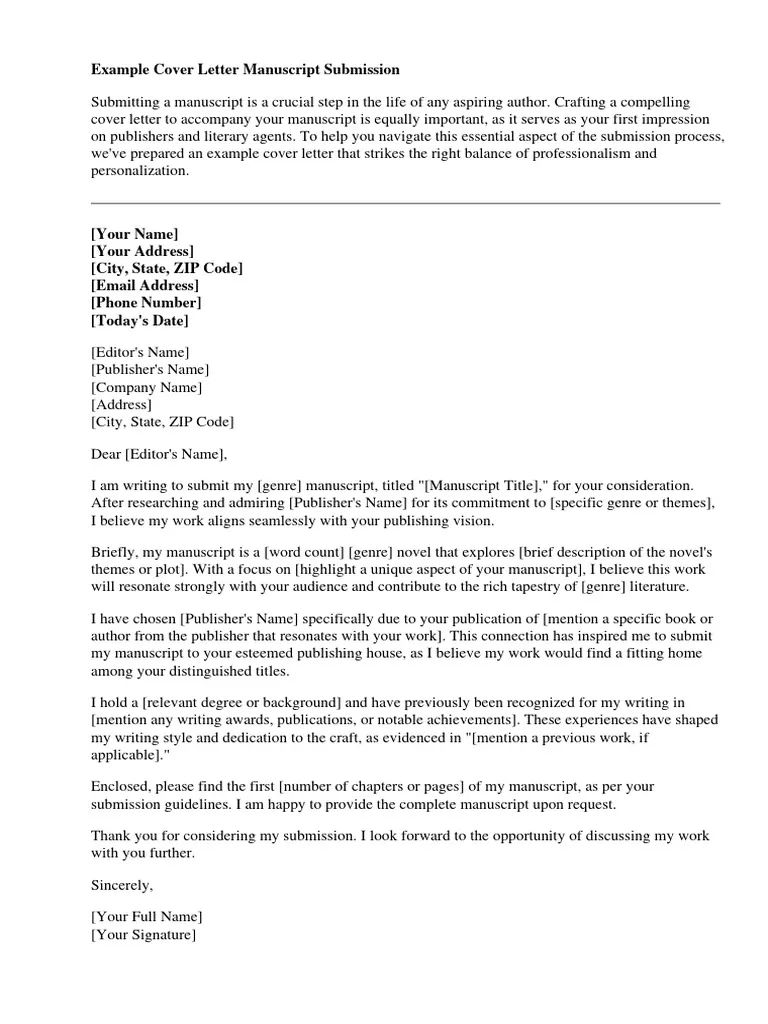Understanding Manuscript Revisions
Manuscript revisions are a critical step in the academic publishing process, representing an opportunity to refine your work based on feedback from reviewers and editors. These revisions can range from minor edits to substantial overhauls, and the quality of your response directly impacts your chances of acceptance. Approaching the revision process strategically, starting with a well-crafted cover letter, is crucial for demonstrating your commitment to improving your manuscript and addressing the concerns raised. Successfully navigating revisions not only strengthens your manuscript but also enhances your reputation as a thoughtful and responsive author. A thoughtful approach ensures that you not only address the issues raised but also proactively improve the overall quality and impact of your work.
Why a Cover Letter Matters for Revisions
The cover letter for a manuscript revision serves as your primary communication tool with the editor, and it is your chance to reintroduce your revised manuscript and provide context for the changes you have made. It’s more than just a formality; it’s a strategic document that can significantly influence the editor’s and reviewers’ perception of your work. A well-written cover letter signals professionalism, attention to detail, and a willingness to engage constructively with feedback. A good cover letter provides a clear overview of the revisions, demonstrating that you have carefully considered the comments and suggestions. The tone of your cover letter can also convey your understanding and receptiveness to feedback. In the context of manuscript revisions, it plays a pivotal role in framing your revised submission, making it easy for the editor to understand all the changes.
Highlighting Revisions
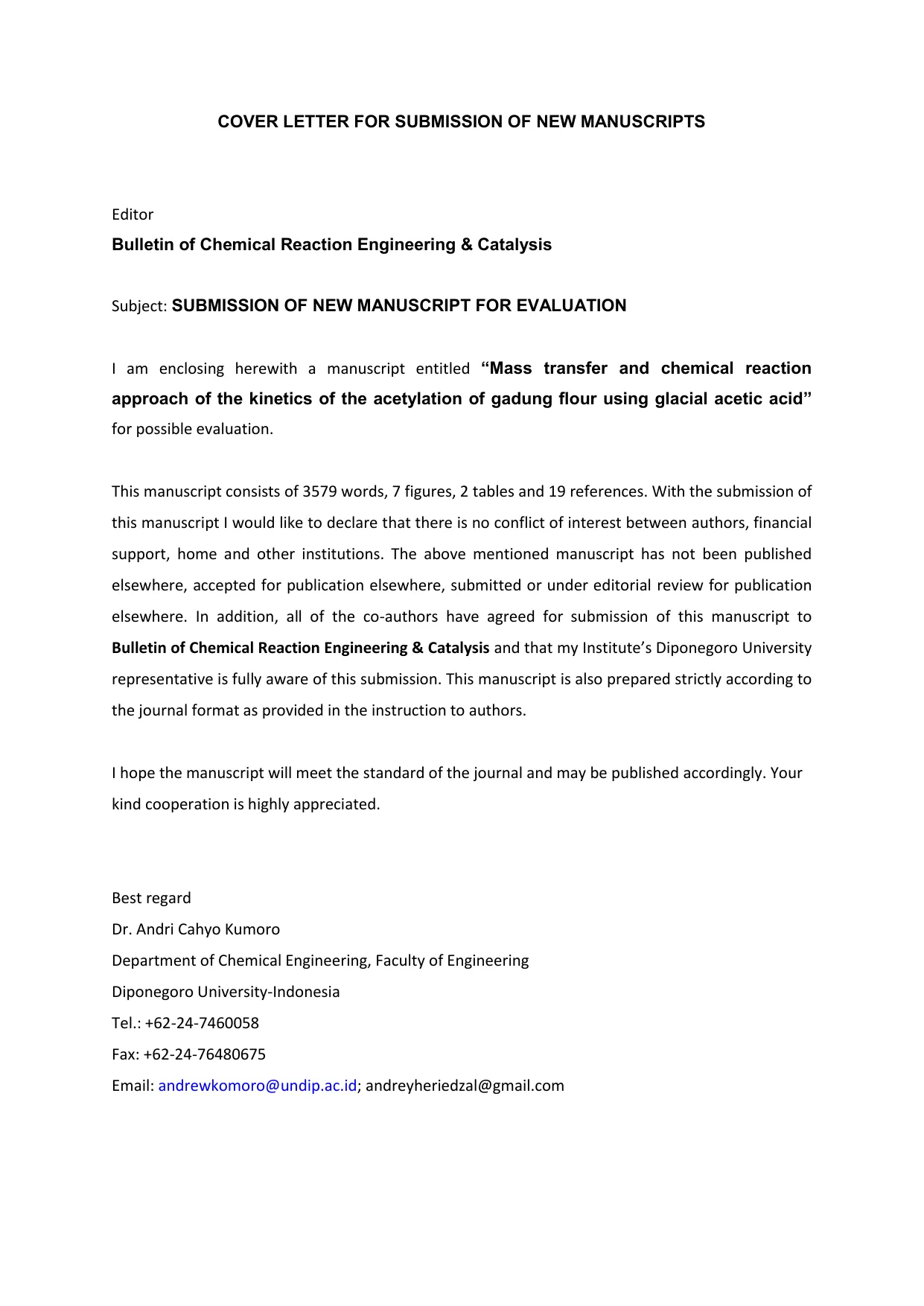
A key function of the cover letter is to clearly highlight the revisions you’ve made. This helps the editor and reviewers quickly grasp the extent of the changes. Start by summarizing the major areas of revision, and then provide a more detailed explanation of how you addressed each specific comment or concern raised in the reviews. Using a point-by-point format can be particularly effective here, as it allows the reviewers to easily cross-reference their original feedback with your responses. It is also helpful to indicate the specific page numbers or line numbers where changes were made. This is especially useful for longer or more complex manuscripts. By clearly mapping out your responses, you demonstrate that you’ve taken the review process seriously and invested effort into improving your work.
Addressing Reviewer Comments
The cover letter provides the space to directly address the reviewers’ comments. Even if you disagree with a comment, it is essential to respond respectfully and thoughtfully. You can acknowledge the comment, explain your rationale for making a particular change, and indicate where you made changes. When you made significant revisions, directly quote the reviewer’s comment and provide a detailed response. If you disagree with a suggestion, explain why, but always do so politely and constructively. Offer an alternative if appropriate, providing evidence to support your viewpoint. Show that you have thoroughly considered each comment and have worked to refine your manuscript in light of the feedback. This will show the editor you value their thoughts and are willing to collaborate to ensure the manuscript is as good as possible.
Structure of a Killer Cover Letter
A well-structured cover letter is easy to read and understand. This section presents a clear and concise framework for organizing the information in your cover letter. A standard structure typically includes an introduction, a section detailing the responses to feedback, a section highlighting the key changes, and a conclusion. Each section should have a clear purpose and contribute to the overall goal of showcasing your revised manuscript effectively. Consistency and clarity are the priorities in order to make the review process straightforward. This structure allows the editor to follow your revision process and recognize your dedication to improving the manuscript.
Introduction: Briefly Restate the Manuscript’s Purpose
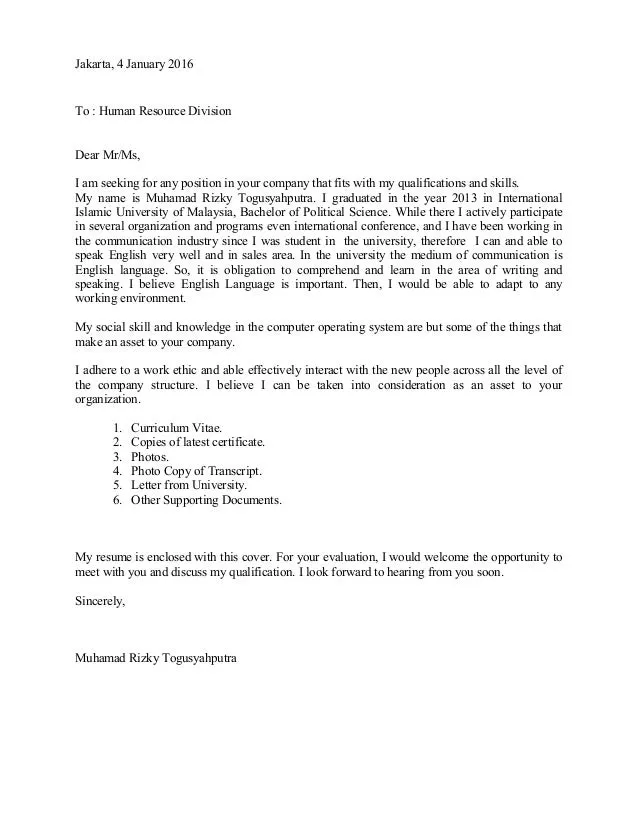
Start with a brief introduction that restates the purpose or the main argument of your manuscript. Remind the editor of the central research question or the key findings. This helps to refresh the editor’s memory and set the context for the revisions. In the introduction, acknowledge that you are submitting a revised manuscript and express your appreciation for the reviewers’ and editor’s feedback. Mention the journal name, manuscript title, and manuscript ID. The introduction should also include a short overview of the changes you have made. Keep this section concise, providing a clear statement of the manuscript’s central focus and your commitment to addressing the provided recommendations. This helps to center the editor and create a positive tone for the rest of the cover letter.
Acknowledging and Responding to Feedback
The core of the cover letter is dedicated to addressing the reviewers’ comments and suggestions. This is where you demonstrate your understanding of the feedback and explain how you incorporated the feedback. Use a point-by-point format, addressing each comment individually. For each comment, state the reviewer’s concern or suggestion, then describe the changes you made in response. If you did not make a change, clearly explain why, and justify your decision. Be specific and provide page or line numbers where changes can be found. Acknowledging the feedback directly shows your attentiveness and helps clarify any potential disagreements or misunderstandings. Demonstrate your thoroughness and commitment to addressing each concern.
Key Changes Made
In addition to responding to individual comments, summarize the key changes you made to the manuscript. This provides a broad overview of the revisions, and it can be a concise way of highlighting the most significant improvements. Group similar changes together to improve clarity. For example, you might have made extensive changes to the methodology or the results section. Include a brief summary of these major changes, emphasizing how the revisions enhance the manuscript’s clarity, accuracy, or overall impact. Make sure your changes are easily tracked by the editor. The summary makes it easy for the editor to understand what has changed since the initial submission.
Formatting and Clarity
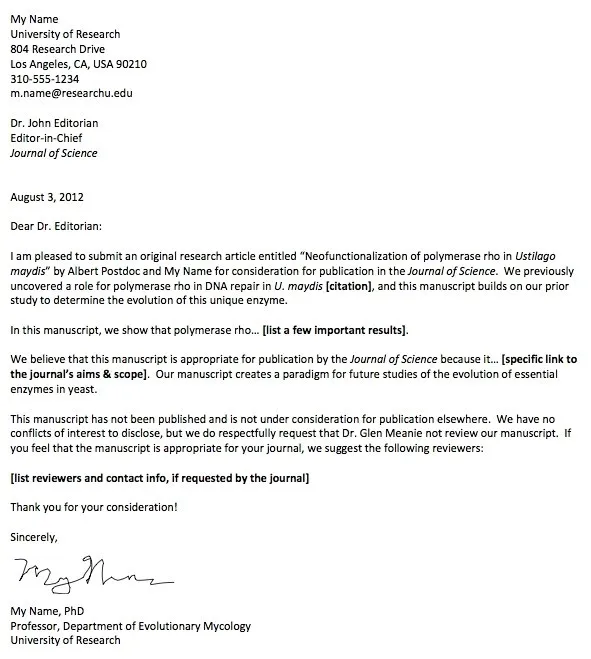
Ensure your cover letter is well-formatted and easy to read. Use clear headings and subheadings to organize your responses, and use bullet points or numbered lists to address specific comments. Keep your language concise and professional. Avoid jargon or overly complex sentences. Use a consistent font and formatting style throughout the document, making it visually appealing and easy to navigate. A well-formatted cover letter shows that you pay attention to detail and that you have put thought into creating the document. It makes it easier for the editor to quickly grasp the information and assess the revisions. Properly formatting the cover letter also lends credibility to your submission.
Conclusion: Reiterate Your Commitment
Conclude your cover letter by reiterating your commitment to the manuscript and expressing your gratitude to the editor and reviewers for their feedback. Reiterate your confidence in the revised manuscript and its potential contribution to the field. Offer to provide any additional information or clarification if needed. A strong conclusion reinforces your dedication to the publishing process. Thank the editor for their time and consideration. It also leaves a positive final impression and underscores your willingness to work collaboratively toward publication. This helps to ensure your manuscript is accepted.
Key Elements of a Strong Cover Letter
Several key elements can significantly impact the effectiveness of your cover letter. This section highlights essential components that contribute to a successful revision submission. Attention to detail and following guidelines contribute to a more positive outcome. Including these elements demonstrates to the editor that you are committed to submitting the best possible version of your research and that you value their time and effort.
Professional Tone and Language
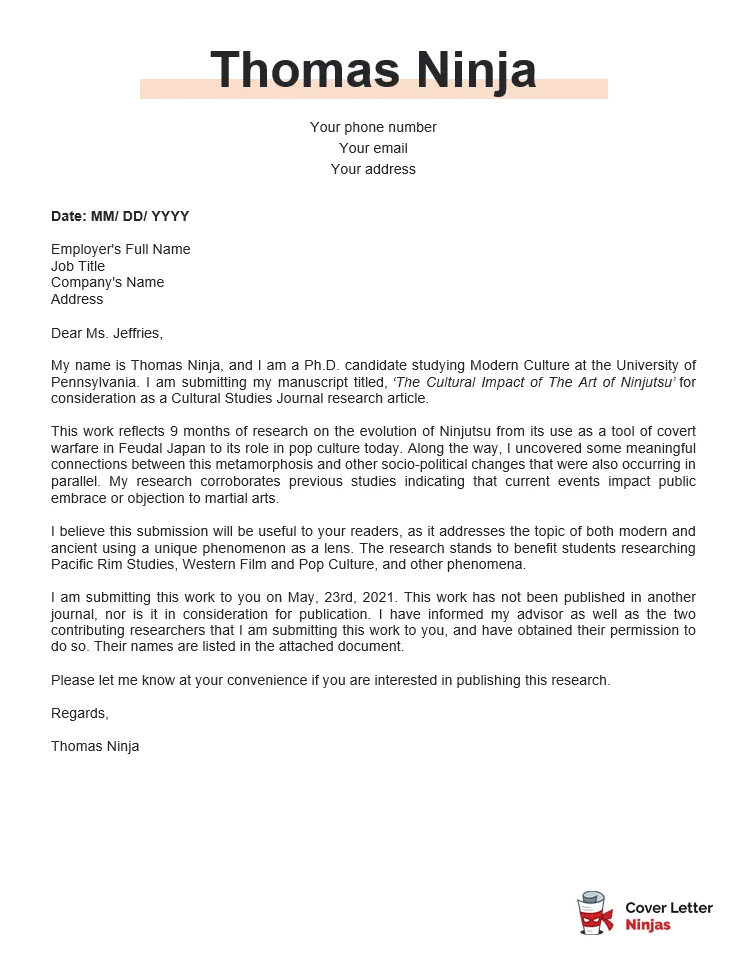
Maintain a professional tone and use formal language throughout your cover letter. Avoid informal language, slang, or overly casual expressions. Address the editor by name, if possible, and use respectful and polite language in your correspondence. Proofread your cover letter carefully to eliminate any grammatical errors, spelling mistakes, or typos. A professional tone and well-written language communicate respect for the editorial process. It also shows your commitment to presenting your work in a polished and refined manner. By paying attention to these details, you can create a cover letter that leaves a favorable impression on the editor.
Conciseness and Clarity
Keep your cover letter concise and to the point. Avoid unnecessary jargon or overly complex language. The editor and reviewers have a limited amount of time to review submissions, so be sure to be clear and direct in your explanations. Focus on the key changes and the most important aspects of your revisions. Get to the point quickly and provide clear and concise explanations for each change. The information should be presented logically. By writing with conciseness and clarity, you make it easier for the editor to understand your responses and assess your revisions efficiently. This can improve the overall chances of your manuscript being approved.
Proofreading and Editing
Proofreading and editing your cover letter is an essential step in the revision process. Errors in grammar, spelling, or punctuation can detract from your professionalism and undermine the credibility of your manuscript. Before submitting your cover letter, carefully review it for any mistakes. Consider having a colleague or friend read your cover letter. This can help catch errors that you might have missed. Ensure that your cover letter is error-free, well-written, and professional. Proofreading reflects your attention to detail and respect for the editorial process, increasing the likelihood of a positive outcome.
Common Mistakes to Avoid
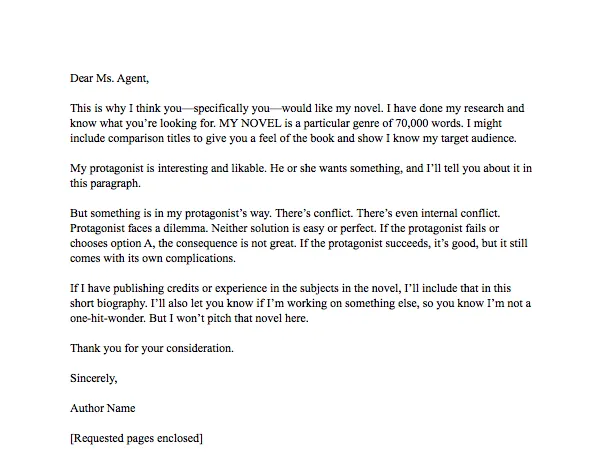
Avoiding common mistakes will increase the quality of your cover letter. Being careful to avoid these missteps during the revision process will improve your chances of success. By paying attention to these common pitfalls, you can enhance your cover letter and make it a more effective tool for communicating your changes to the editor and reviewers. The avoidance of mistakes demonstrates a level of professionalism and attention to detail.
Ignoring Instructions
Always carefully follow the journal’s guidelines for cover letters. Journals may have specific formatting requirements, word limits, or content requests. Failing to follow these instructions can lead to your manuscript being rejected without consideration. Review the guidelines thoroughly, and make sure that your cover letter meets all the requirements. The guidelines are provided to streamline the submission process. Following these instructions shows that you value the journal’s procedures and respect the editor’s time.
Being Defensive
Avoid being defensive when responding to reviewer comments. Even if you disagree with a comment, respond respectfully and constructively. Do not use phrases that indicate defensiveness or disagreement. Focus on explaining how you addressed the concern or why you made a particular choice. This includes avoiding negative language or making excuses. Instead, approach the revision process as a collaborative effort to improve your work. A defensive tone can create a negative impression and undermine your chances of publication. A respectful tone demonstrates that you are willing to collaborate and improve your manuscript.
Poor Formatting
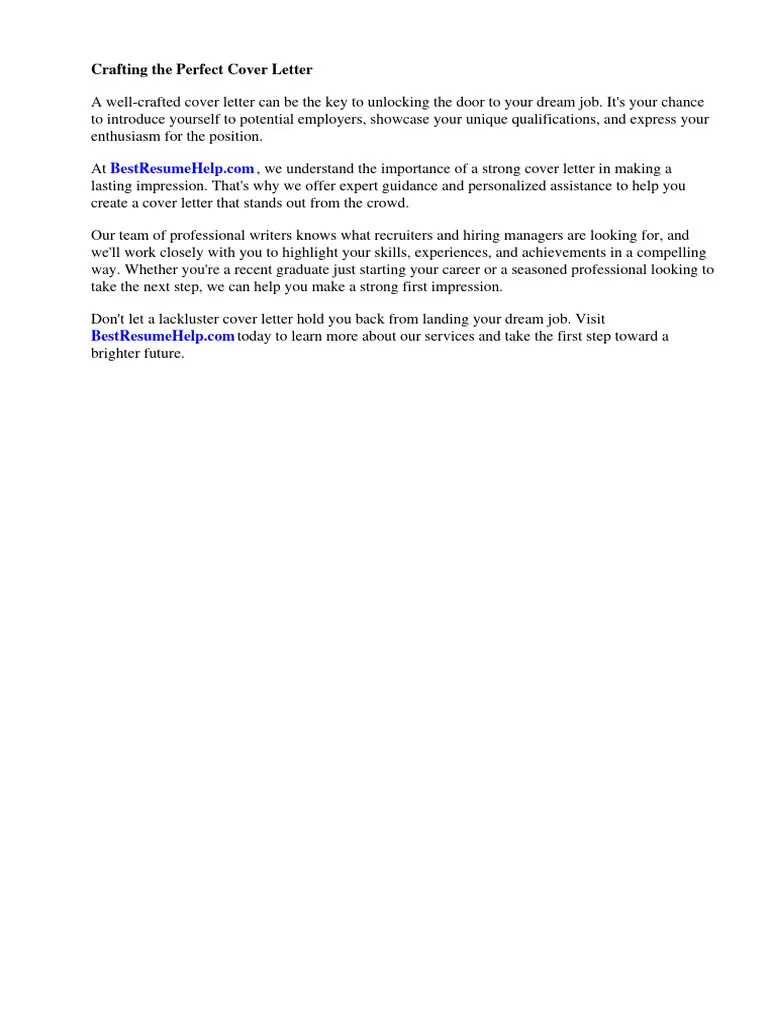
Poor formatting can make your cover letter difficult to read and reduce its impact. Avoid using inconsistent fonts, poor formatting, or disorganized layouts. Use clear headings and subheadings to organize your responses. Use bullet points or numbered lists to address specific comments. Ensure your cover letter is visually appealing and easy to navigate. Poor formatting may convey a lack of attention to detail. By paying attention to formatting, you can ensure that your cover letter is professional and easy to read.
Final Checklist for Your Cover Letter
Before submitting your revised manuscript, review your cover letter using this checklist. Following this checklist can ensure the cover letter is accurate and effectively communicates the changes made. Using a checklist provides a systematic approach. The process will catch any errors and ensure the cover letter is optimized for review.
- The manuscript title, journal name, and manuscript ID are clearly stated.
- The purpose of the manuscript is briefly restated.
- All reviewer comments are addressed systematically.
- The key changes made to the manuscript are summarized.
- The cover letter is written in a professional tone and language.
- The cover letter is concise and easy to read.
- The cover letter has been carefully proofread and edited.
- All the journal’s guidelines have been followed.
- Thank the editor and reviewers for their time and effort.
